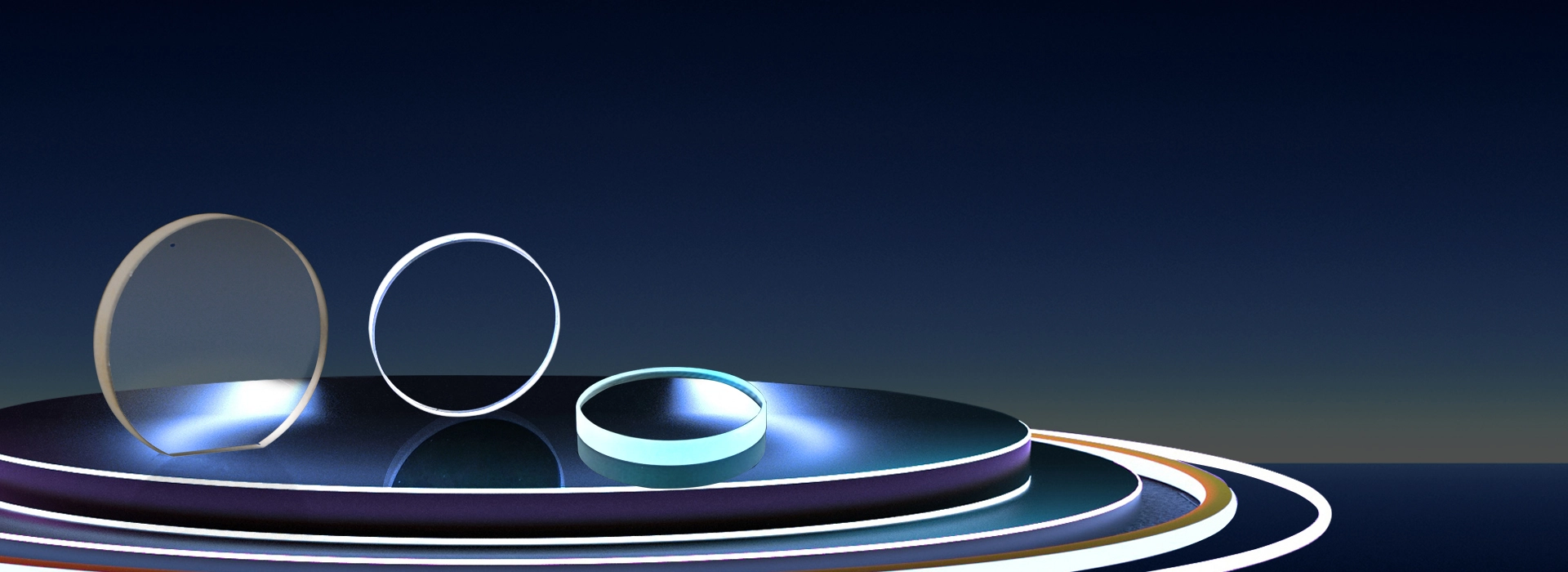Optical windows are essential components used to separate different environments, such as the interior and exterior of an instrument, thereby protecting internal devices. These basic optical elements do not alter magnification but do influence the optical path. Key parameters for optical windows include light transmittance, surface accuracy, thickness, parallelism, and substrate material. Bena Optics provides high-precision windows made from various materials, including zinc selenide, germanium, silicon, barium fluoride, and calcium fluoride for infrared applications; fused silica and sapphire for spectral bands; and K9 glass for visible light. They maintain a large inventory of standard products and also offer custom optical windows tailored to specific needs.

Optical windows possess high transmittance, hardness, erosion resistance, low thermal expansion, and minimal absorption loss, ensuring stable performance in various environments.
Made from materials like UV fused silica, quartz, infrared crystals, and optical glass, they offer excellent light transmission, high-temperature resistance, corrosion resistance, and electrical insulation. UV fused silica, for instance, has over 93% transmittance across the UV to IR spectrum.
Widely used in aerospace, laser systems, scientific research, and detectors, optical windows protect internal components and isolate external environments while maintaining high transmittance for specific wavelengths.
Optical windows protect optical systems and sensitive electronics from external environments. Made of polished optical glass, they allow light transmission while isolating physical environments.
Widely used in projection, imaging, and measurement systems, they offer good hardness, electrical, and dielectric properties, chemical resistance, high-temperature tolerance, and thermal conductivity.
Sapphire windows, with 82-85% transmittance, are used in aerospace due to their UV to near-IR spectrum capability. Coatings like AR and AF are applied to enhance specific wavelength transmittance. High precision in parallelism and flatness is required for consistent spectral transmission. Sapphire’s durability makes it ideal for high-pressure, high-temperature, and hazardous environments.
